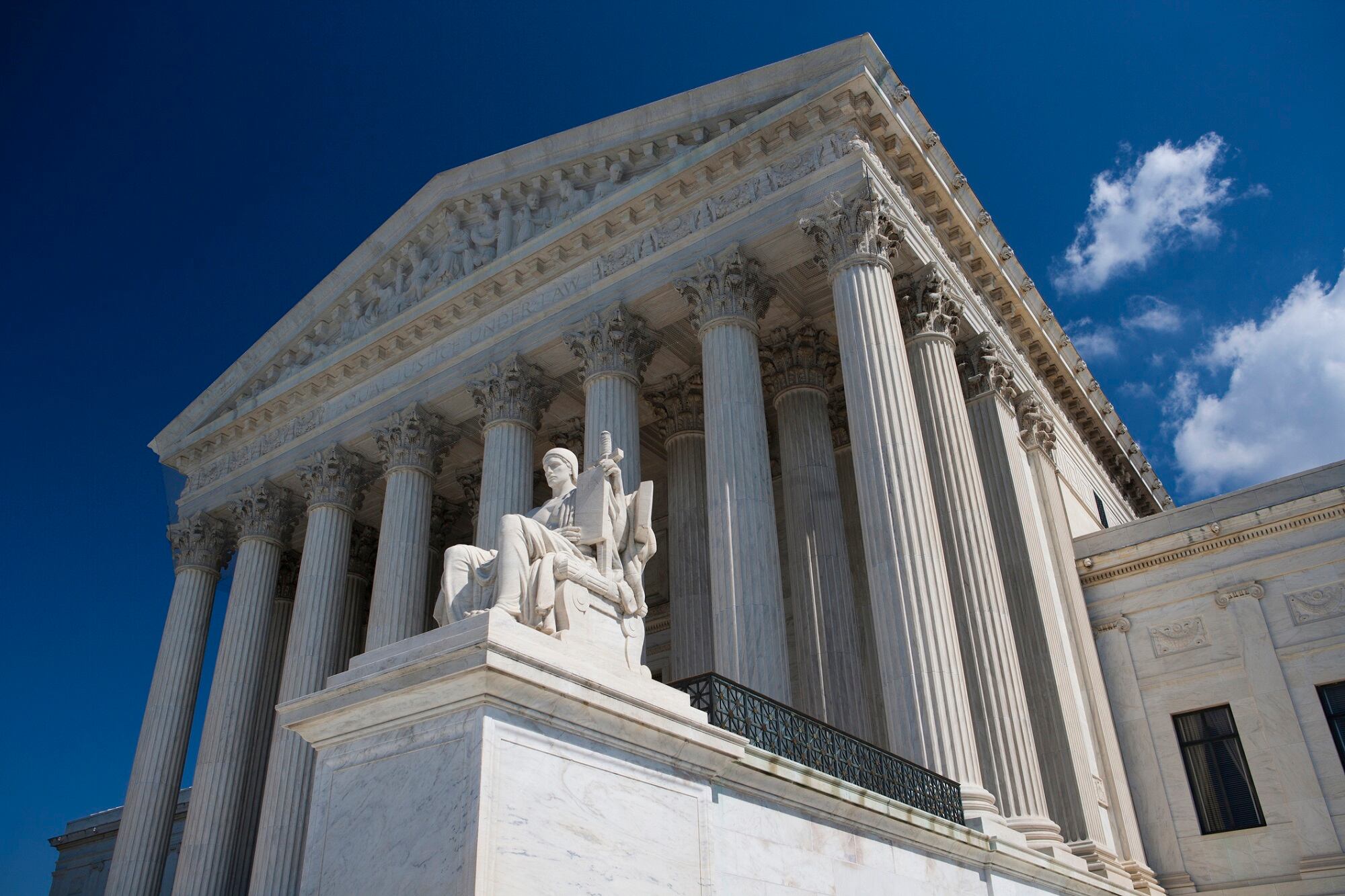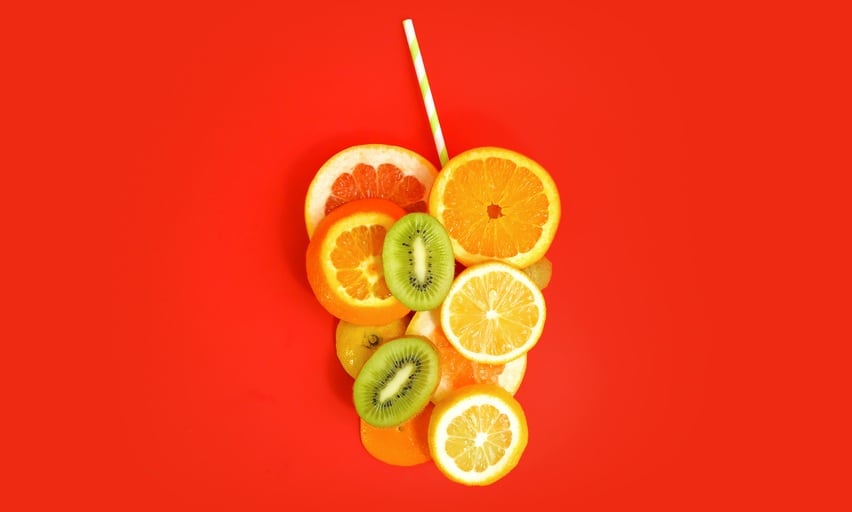As coffee prices surge, consumers are looking for alternatives and increasingly turning to instant coffee – and the trend is driven largely by Gen Z shoppers.
The $1.5 billion instant coffee market experienced a 15% jump in sales – roughly $196 million – for the 52-week period ended Oct. 4, according to NIQ data. That represents 8% of packaged coffee growth over the last 12 months.
That growth is driven by a 9.3% surge in average unit price and a 5.2% rise in units, said Chris Costagli, NIQ vice president, thought leadership - food & beverage insights Lead.
“Younger consumers are looking for something different. They are leaning in on instant, cold coffee, espresso and flavor-type beverages,” Costagli said. “They’re not choosing the hot-brewed coffee as much. On the flip side, the older consumer who’s leaning in on hot-brewed, they’re not as engaged with ice, espresso or the flavored specialty-type coffee.”
Rising costs, tariffs and climate concerns
While generational preferences are driving much of the growth in instant coffee, NIQ survey data shows that concerns about the economy are also a factor.
Eighty-eight percent of survey respondents say prices are higher than a year ago, 94% are concerned and 56% are extremely concerned about food cost inflation, Costagli said.
Instant coffee prices are rising along with the rest of the market, but at a slower rate, which could be a selling point for younger consumers.
“As wallets tighten and supply chains wobble, consumers will be looking for fast, affordable options that still deliver on experience. With favorable pricing and younger generations already leaning in, this storm could be the spark that pushes instant coffee into a whole new era – if manufacturers innovate boldly and retailers give it the space it’s earned.”
Chris Costagli, NIQ vice president, Thought Leadership - Food & Beverage Insights Lead
Instant coffee prices are up 18.9% year over year, but the format still costs an average 32% less than ground coffee, 50% less than whole bean and 52% less than pods, according to Costagli.
“Rising tariffs, volatile commodity costs and climate-driven supply shocks are brewing a perfect storm for the coffee industry – but instant coffee is in a position of strength,” he said.
“As wallets tighten and supply chains wobble, consumers will be looking for fast, affordable options that still deliver on experience. With favorable pricing and younger generations already leaning in, this storm could be the spark that pushes instant coffee into a whole new era – if manufacturers innovate boldly and retailers give it the space it’s earned.”
Interest percolating online
Renewed interest in instant coffee is becoming apparent in online searches, according to Ilana Orlofsky, senior manager, customer experience, at Imbibe, a food and beverage development company.
“Instant coffee might be on the cusp of a small but meaningful revival – driven less by nostalgia and more by evolving preferences for speed, simplicity and experimentation,” she said.
Google searches for instant coffee are up about 30% year over year, and a few emerging brands are seeing outsized gains – albeit from a small base – she said.
“For example, The Good Ritual, which positions itself as ‘specialty coffee + L-theanine,’ saw 200% growth in search volume over the past year, while Javvy Coffee, offering a concentrated liquid format, saw a 4,700% increase,” Orlofsky said.
Orlofsky added that while Imbibe has yet to see a major surge in innovation or demand, “there are some subtle signals that consumer interest may be building.”
The convenience of instant coffee is likely a key driver, following a similar trend in “just add water” hydration drinks, attracting younger consumers in search of a functional caffeine fix, Orlofsky explained.
Flavor trends and premium brands
Instant coffee appears to be following the overall trend of younger consumers searching for more adventurous flavors.
Searches for “instant coffee and Coke” are up 67% year over year, Orlofsky said.
“While surprising at first glance, it fits a broader pattern of consumers experimenting with new and unexpected flavor combinations – think of the growing curiosity around cola mashups like ‘pickle Pepsi’ and Coca-Cola’s own coffee-infused beverage launched in 2017,” she said.
Costagli added that attracting younger consumers is about more than low prices.
“Maintaining relevance is crucial,” he said. “Gen Z will walk away from a once-loved premium brand if they get tired of it, if influencers and marketing are not relatable, if it becomes too popular or mainstream, if it becomes available in low-cost or discount retailers or if packaging becomes less premium,” he said.
He added that premium for younger consumers entails health and functional benefits, sourcing transparency and a sense of discovery and uniqueness.
“Younger generations are less moved by a company’s history and longevity, and much more impacted by a company’s ethics, innovations that matter and credentialed endorsements,” he said.





